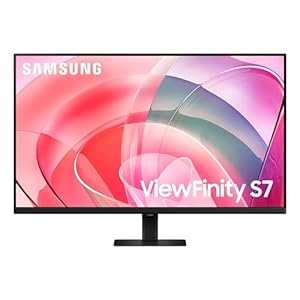Lyft has agreed to to tell its drivers how a lot they will actually earn on the ride-hailing platform — and again it up with proof — as a part of its settlement for a lawsuit filed by the US Justice Division and the Federal Commerce Fee. The lawsuit accused the corporate of creating “quite a few false and deceptive claims” within the commercials it launched in 2021 and 2022, when the demand for rides recovered following COVID-19 lockdowns within the earlier years. Lyft promised drivers as much as $43 an hour in some places, the FTC stated, with out revealing that these numbers had been primarily based on the earnings of its prime drivers.
The charges it printed allegedly did not symbolize drivers’ common earnings and inflated precise earnings by as much as 30 p.c. Additional, the FTC stated that Lyft “did not disclose” that data, in addition to the truth that the quantities it printed included passengers’ suggestions. The corporate additionally promised in its advertisements that drivers will receives a commission a set quantity in the event that they full a sure variety of rides inside a selected timeframe. A driver is meant to make $975, for example, in the event that they full 45 rides over a weekend.
Lyft allegedly did not make clear that it’s going to solely pay the distinction between the what the drivers’ earn and its promised assured earnings. Drivers thought they had been getting these assured funds on prime of their journey funds as a bonus for finishing a selected variety of rides. The FTC accused Lyft of constant to make “misleading earnings claims” even after it despatched the corporate a discover of its issues in October 2021, as nicely.
Earlier this month, the corporate launched an earnings dashboard that confirmed the estimated hourly charge for every journey, together with the motive force’s each day, weekly and yearly earnings. However underneath the settlement, Lyft must explicitly inform drivers how a lot their potential take-home pay relies on typical, as a substitute of inflated, earnings. It has to take suggestions out of the equation, and it has to to make clear that it’s going to solely pay the distinction between what the drivers get from rides and its assured earnings promise. Lastly, it must pay a $2.1 million civil penalty.
Trending Merchandise

SAMSUNG FT45 Sequence 24-Inch FHD 1080p Laptop Monitor, 75Hz, IPS Panel, HDMI, DisplayPort, USB Hub, Peak Adjustable Stand, 3 Yr WRNTY (LF24T454FQNXGO),Black

KEDIERS ATX PC Case,6 PWM ARGB Fans Pre-Installed,360MM RAD Support,Gaming 270° Full View Tempered Glass Mid Tower Pure White ATX Computer Case,C690

ASUS RT-AX88U PRO AX6000 Dual Band WiFi 6 Router, WPA3, Parental Control, Adaptive QoS, Port Forwarding, WAN aggregation, lifetime internet security and AiMesh support, Dual 2.5G Port

Wireless Keyboard and Mouse Combo, MARVO 2.4G Ergonomic Wireless Computer Keyboard with Phone Tablet Holder, Silent Mouse with 6 Button, Compatible with MacBook, Windows (Black)

Acer KB272 EBI 27″ IPS Full HD (1920 x 1080) Zero-Frame Gaming Office Monitor | AMD FreeSync Technology | Up to 100Hz Refresh | 1ms (VRB) | Low Blue Light | Tilt | HDMI & VGA Ports,Black

Lenovo Ideapad Laptop Touchscreen 15.6″ FHD, Intel Core i3-1215U 6-Core, 24GB RAM, 1TB SSD, Webcam, Bluetooth, Wi-Fi6, SD Card Reader, Windows 11, Grey, GM Accessories

Acer SH242Y Ebmihx 23.8″ FHD 1920×1080 Home Office Ultra-Thin IPS Computer Monitor AMD FreeSync 100Hz Zero Frame Height/Swivel/Tilt Adjustable Stand Built-in Speakers HDMI 1.4 & VGA Port

Acer SB242Y EBI 23.8″ Full HD (1920 x 1080) IPS Zero-Frame Gaming Office Monitor | AMD FreeSync Technology Ultra-Thin Stylish Design 100Hz 1ms (VRB) Low Blue Light Tilt HDMI & VGA Ports







